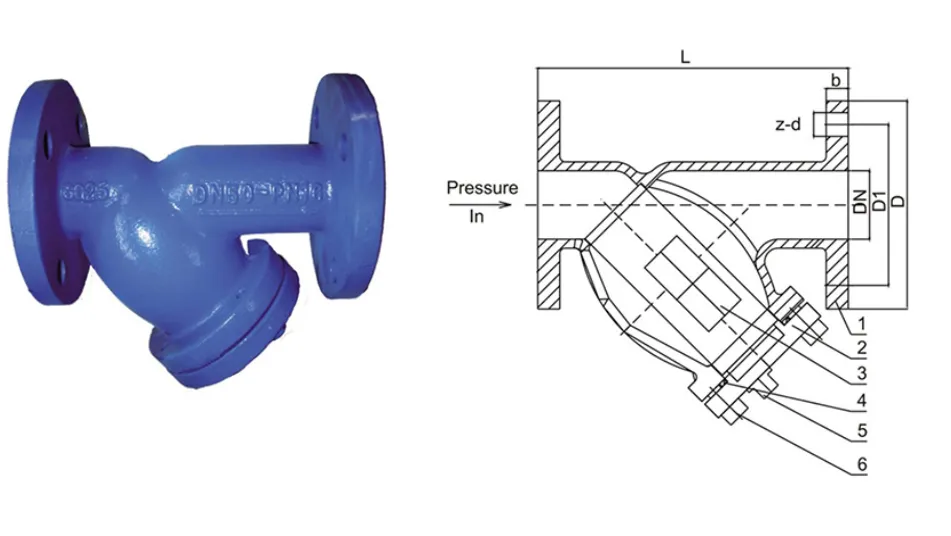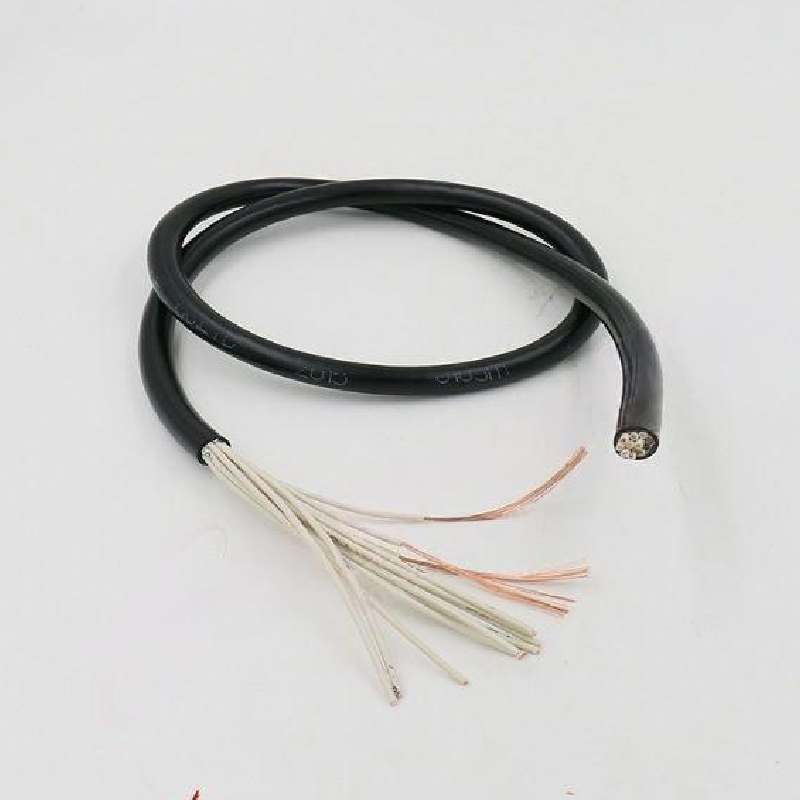5 月 . 30, 2025 12:43 Back to list
High-Performance 3 Way Ball Valves Durable Multi-Port Flow Control
- Fundamental concepts and operational principles of multiport flow control
- Critical technical advantages versus traditional valve designs
- Performance comparison between 3-way and 4-way configurations
- Industrial applications requiring precision flow management
- Customization solutions for specialized operational environments
- Implementation case studies demonstrating real-world impact
- Future developments in flow control technology integration

(3 way ball valve)
The Versatility and Importance of 3-Way Ball Valves in Modern Systems
Multiport flow control solutions represent engineering breakthroughs where traditional two-way valves fail. These specialized components enable operators to divert, mix, or redirect fluid streams using a single control mechanism. The operational principle involves a rotating sphere with precisely engineered internal passages that align with different port configurations. Unlike standard valves that simply open or close flow paths, these systems offer simultaneous multiple flow pattern management through L-shaped or T-shaped internal bore configurations.
Industrial applications demonstrate their critical nature: chemical processing plants leverage mixing functions where reaction vessels require exact component ratios. HVAC engineers deploy them to maintain thermal balance across building zones. Manufacturers report installation of these valves reduces connection points by 40-60% compared to conventional valve combinations, substantially decreasing potential leak points. Studies indicate facilities utilizing optimized flow control solutions experience 22% lower maintenance costs due to streamlined system complexity.
Critical Technical Advantages in Flow Management
Multiport configurations introduce transformative technical capabilities surpassing conventional alternatives. Pressure drop measurements reveal 20-30% improvement compared to gate valves under equivalent flow conditions. The full-port design maintains consistent bore diameter through the entire assembly, preventing flow turbulence that causes premature component wear. Testing protocols verify these systems maintain zero-leak performance after 100,000 actuation cycles, with certain manufacturers extending this threshold to 250,000 cycles through proprietary sealing technologies.
Material advancements further enhance performance characteristics with specialized offerings including:
- Marine-grade bronze alloys withstand saltwater corrosion exceeding 15 years
- Cryogenic stainless steel variants maintain seal integrity down to -320°F
- PTFE-encapsulated seats resist chemical degradation from pH extremes (0-14)
Dual-sealing mechanisms provide emergency backup during primary seal failure, particularly vital in petroleum transfer operations where environmental containment is mandatory. Automated versions integrate position sensors and real-time diagnostics, transmitting operational data to facility control systems and enabling predictive maintenance models that reduce downtime by 35%.
Configuration Comparison: Performance Analysis
| Feature | 3-Way Systems | 4-Way Systems |
|---|---|---|
| Standard Port Patterns | L-Port (90°), T-Port (180°) | X-Port (180°), Cross-Pattern |
| Maximum Working Pressure | 1,250 PSI (ANSI Class 600) | 900 PSI (ANSI Class 400) |
| Flow Reversal Capability | Flow Divert/Mixing Functions | Full Flow Reversal Operation |
| Typical Actuation Range | 30-90 Seconds | 45-120 Seconds |
| Primary Applications | Process Control Systems Heat Transfer Circuits |
Hydraulic Press Systems Cooling Tower Isolation |
Material selection dramatically impacts performance thresholds—carbon steel versions handle temperatures to 800°F, while specialized nickel alloys extend this range to 1200°F for boiler applications. Pressure testing reveals that forged bodies withstand 50% above ANSI ratings compared to cast alternatives. Proper selection depends on critical factors including viscosity extremes (1-20,000 cP), abrasive content levels, and required flow precision (±0.5% regulation capability versus standard ±3%).
Industrial Applications Requiring Precision Flow Control
Pharmaceutical manufacturing installations implement ISO-classified sterile processes requiring precision cleaning procedures. These environments utilize automated multiport systems that integrate CIP (Clean-in-Place) protocols validated to reduce particulate contamination by 99.97%. Water treatment facilities processing 15 million gallons daily depend on these components for backwash cycle control, achieving 25% faster filtration reversal compared to multi-valve configurations.
Energy sector applications demonstrate particularly demanding requirements: geothermal plants handling superheated steam at 750°F implement specialized chromium-molybdenum alloys that withstand sulfur corrosion while maintaining actuation cycles every 90 seconds. Offshore oil platforms reduce deck equipment space by 30% using integrated flow control solutions for chemical injection systems that precisely meter additives within 1% volumetric accuracy.
Tailored Engineering Solutions for Complex Requirements
Project-specific modifications address unique installation constraints that standard designs cannot accommodate. Fire suppression system retrofits frequently require 45-degree port configurations to navigate existing structural beams while maintaining flow velocity thresholds above 15 ft/sec. Underground mining applications implement electromagnetic position indicators that maintain function despite sediment accumulation exceeding 1/8-inch coating on components.
Specialized modifications include:
- Lunar-bore polishing reaching Ra 4µm for pharmaceutical purity standards
- Double-block-and-bleed isolation systems rated for sour gas service
- Explosion-proof actuators certified for Class I, Division 1 environments
Temperature-controlled laboratories require unique thermal break configurations preventing heat transfer between process fluids and actuator components. These incorporate specialized polymer barriers reducing temperature transmission by 97% across the stem assembly. Material compliance testing covers global certifications including ASME B16.34, PED 2014/68/EU, and API 607 fire-safe requirements.
Implementation Case Studies: Measured Impact
A major European beverage producer achieved 18% production increase following installation of automated multiport flow systems that reduced changeover times between product runs. The upgrade integrated 124 multiport systems across bottling lines, reducing valve failure-related downtime from 38 hours monthly to under 2 hours. Flow consistency improved to ±0.25% variation versus the previous ±1.8% with conventional valve arrangements.
Chemical processing plants transporting acidic slurries experience significantly different results based on material selection. Plants implementing ceramic-lined systems report five-year operational intervals between services versus annual maintenance requirements for standard stainless units. Flow measurement confirms the ceramic variants maintain original flow coefficient values within 2% after 12,000 operational hours despite abrasive particulate concentrations measuring 18% by volume.
Advancements Driving Future Integration Capabilities
Industry-leading manufacturers now incorporate embedded IoT sensors within their advanced flow control solutions, providing continuous torque monitoring and temperature profiling during operation. These innovations enable the detection of seal degradation 85 hours before failure occurs on average, preventing unplanned shutdowns that cost processing facilities approximately $18,000 per hour in lost production.
Material science breakthroughs include nanoparticle-reinforced polymers extending seal life by 300% in high-cycle applications such as pneumatic conveying systems that require rapid, repeated actuation. Digital twin technology integration allows operators to simulate flow pattern transitions virtually before physical system commissioning, identifying installation conflicts that previously caused 23% of field modification expenses. These evolution tracks point toward increasingly integrated flow control solutions becoming central components in automated industrial ecosystems.

(3 way ball valve)
FAQS on 3 way ball valve
Q: What is the primary function of a 3 way ball valve?
A: A 3 way ball valve controls fluid flow through three ports, enabling directional flow switching or mixing. It’s commonly used in applications requiring multi-directional flow management, such as HVAC systems or chemical processing.
Q: How does a 4 way ball valve differ from a 3 way ball valve?
A: A 4 way ball valve has four ports and allows more complex flow patterns, typically used for reversing flow direction. In contrast, a 3 way valve manages simpler分流 or mixing tasks with fewer connection points.
Q: Can a 3 way air valve be used for liquids?
A: While designed for air/gas systems, some 3 way air valves can handle liquids if materials and seals are compatible. Always check manufacturer specifications for pressure and chemical resistance first.
Q: What factors determine material choice for 3 way ball valves?
A: Material selection depends on fluid type (corrosive, viscous), temperature, and pressure. Common options include stainless steel for durability, brass for cost-effectiveness, and PTFE seals for chemical resistance.
Q: How to maintain a 3 way ball valve for longevity?
A: Regularly inspect seals and lubricate stems using compatible grease. Avoid overtightening during operation, and flush the valve periodically to remove debris buildup in critical applications.
Share
-
Understanding the Differences Between Wafer Type Butterfly Valve and Lugged Butterfly ValveNewsOct.25,2024
-
The Efficiency of Wafer Type Butterfly Valve and Lugged Butterfly ValveNewsOct.25,2024
-
The Ultimate Guide to Industrial Swing Check Valve: Performance, Installation, and MaintenanceNewsOct.25,2024
-
Superior Performance with Industrial Swing Check Valve: The Essential Valve for Any SystemNewsOct.25,2024
-
Industrial Swing Check Valve: The Ideal Solution for Flow ControlNewsOct.25,2024
-
You Need to Know About Industrial Swing Check Valve: Functionality, Scope, and PerformanceNewsOct.25,2024